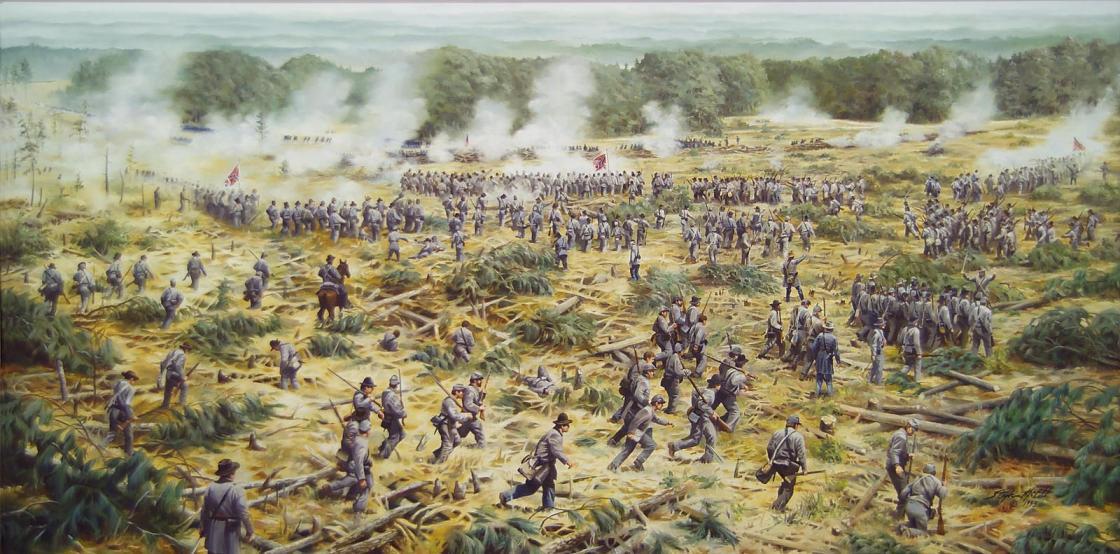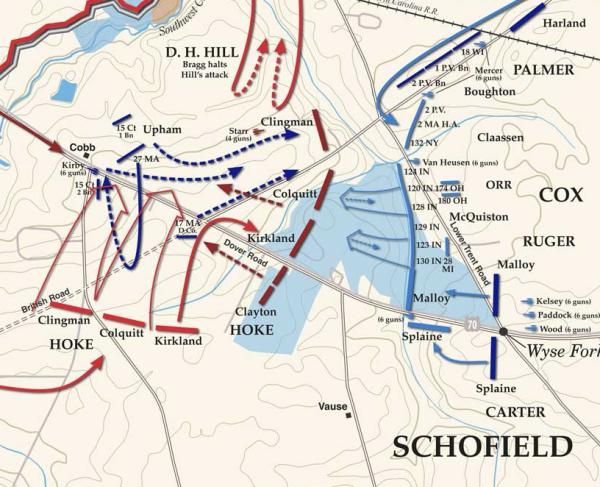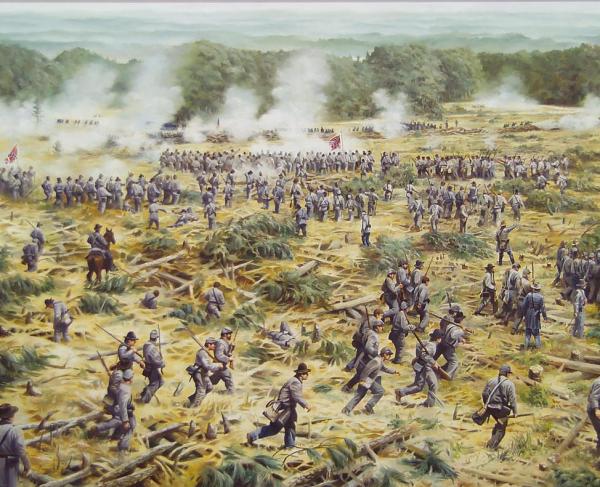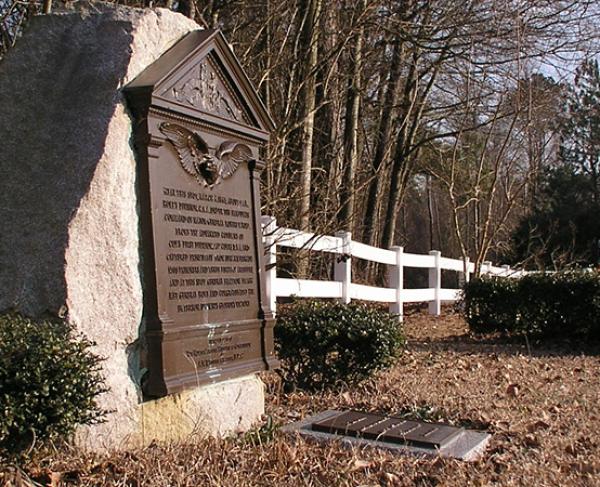
Wyse Fork Battlefield, Kinston, N.C.
86 Acres Saved at Wyse Fork Ahead of Battle's 160th Anniversary
Battlefield preservation requires tireless effort and support from numerous channels, but there is no better feeling than when that hard work ensures our nation’s history and the bravery of the soldiers who fought and died on that land will not be forgotten.
We at the American Battlefield Trust are incredibly excited to announce 86 acres of hallowed ground, from two adjacent properties, have been preserved at Wyse Fork Battlefield, ahead of the battle’s 160th anniversary. Key areas of the site that saw North Carolina’s second largest battle will live on forever, allowing people to deeply understand the importance of the battlefield.
The Battle of Wyse Fork
In late February 1865, Union Gen. John M. Schofield advanced inland from Wilmington in an effort to link up with Sherman's troops advancing into North Carolina. Schofield ordered Maj. Gen. Jacob D. Cox to move his XXIII Corps from New Berne toward Goldsboro. However, Cox’s advance was blocked by Confederate divisions under Gen. Braxton Bragg at Southwest Creek just east of Kinston, NC.
The armies clashed from March 8-10, 1865, less than two months prior to the Civil War’s conclusion. Bragg tried to wrest the initiative from the Federals by attacking their flanks on the 8th. After initial success, the Southern attacks stalled. Union reinforcements arrived the next day, just in time to repulse Bragg’s renewed attacks. After heavy fighting and unable to dislodge Cox, Bragg withdrew across the Neuse River. The Union victory saw over 2,600 combined casualties.

In recent years, a new bypass of U.S. Highway 70 was proposed through the core battlefield area threatening any future preservation. The Trust and our partners were vocal in raising concerns about how this development would destroy history and shifting it to the east would be a viable alternative. This preservation project and its use of grants from the North Carolina State Capital Infrastructure Fund and the American Battlefield Protection Program is a powerful demonstration of the work that will remain possible through our preferred win-win solution.


